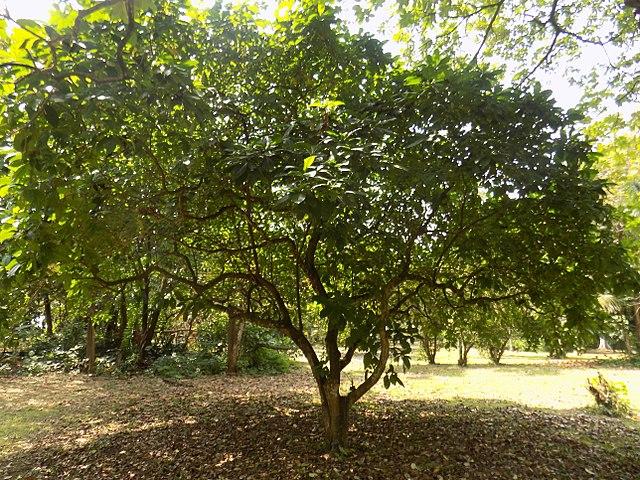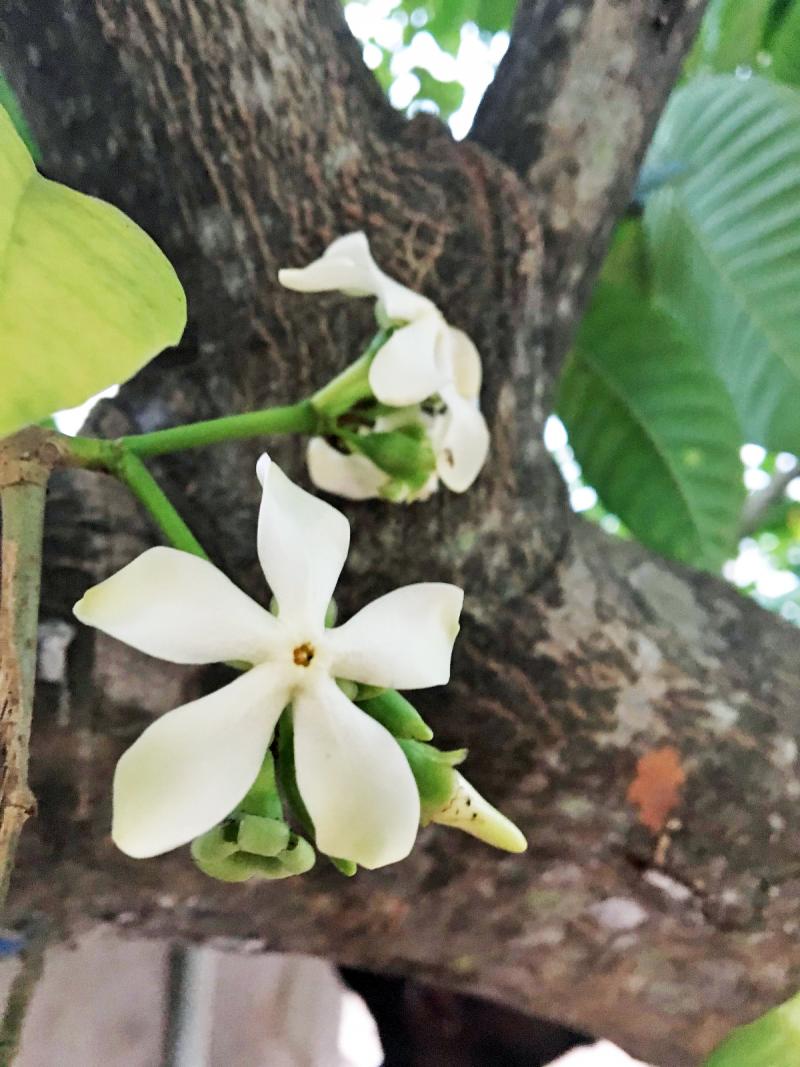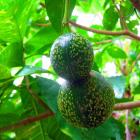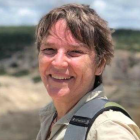When the Voacanga africana entered the Western botanical lexicon, it was considered to be an obscure and largely useless tree, but its perceived meaning and value have transformed over time as it has gained recognition not only as a useful pharmaceutical precursor, but also as an alleged African psychedelic. Otto Stapf, who gave the tree its formal Linnean name in 1894, described the plant as little more than a rubber adulterant. Interest in the tree’s potential pharmaceutical value arose after World War II due to its relationship to other medicinal plants like Indian Snake Root or the Madagascar Periwinkle. Two French chemists submitted the first pharmaceutical patent for a drug from the plant in 1955, staking a claim to a process for extracting three alkaloids useful in the treatment of heart conditions. Other patents submitted by companies like Geigy or research papers submitted from institutions like MIT followed their discovery. Their claims to economic rights over this aspect of the African landscape came at the same time that formal French and British colonialism faded across the continent. In 2009, about 1,600 tons of seeds from the Voacanga africana tree departed ports in Ghana and Cote d’Ivoire, principally to be used by pharmaceutical companies to produce drugs like Vincaleukoblastine or Vinpocetine. Most of the seeds were used in this way, but others were ultimately sold online as a traditional psychedelic. Just as the staking of legal claims over medicines derived from the African landscape served to perpetuate economic dynamics of colonialism into independence, the presentation of the plant as a psychedelic appeals to a deeply rooted Orientalism, reproducing an Orientalist vision of Africa in a postcolonial, globalized world.

Voacanga africana.
Voacanga africana.
Image by Kondah.
Accessed via Wikimedia on 18 March 2019. Click here to view source.
 This work is licensed under a Creative Commons Attribution 4.0 International License.
This work is licensed under a Creative Commons Attribution 4.0 International License.
Murky rumors of the plant’s psychoactivity had circulated for years, but came to a head in 2007, when a businessman from Accra, Ghana, created a Wikipedia article under the username MrGoodGuy. He embedded a link to a website selling the seeds, which he persistently added back in after its repeated removal by a moderator. The article claimed that the plant was “used in Ghana as a poison, stimulant, aphrodisiac, and ceremonial psychedelic.” Though Wikipedia ultimately succeeded in removing MrGoodGuy’s now-defunct link from the article, the idea he introduced into the world persisted. A significant proportion—more than half—of the ethnobotanical retailers that now sell the seeds online either paraphrase or replicate his wording. Over the next few years, many drug information websites like Erowid also integrated the claim into their pages on the tree. From 2007 into the 2010s, experience reports and forum posts about the plant spiked (based on a sample of 48 such reports). The idea of the plant as a “ceremonial psychedelic” satisfied a desire to see Africa as a place filled with natives imbued with primitive, earthy wisdom, indulging in mystical ceremonies. Despite outwardly intending to highlight the values of “primitive” Africa in contrast to the West, the image it conjures up bears little connection with reality.
To learn more about the truth behind the claim, I visited the Akyem Traditional Area in Ghana, where several companies claimed to source Voacanga africana seeds, for a week and a half in January 2017. Locals described businesspeople coming from Accra every year from June to August to buy the seeds. I walked through three towns asking questions about it, and most people could only tell me that foreign companies used the seeds for medicines. Many believed it had no local uses, while a few reported it was used locally for hernias and parasites, and the local priest described a sacred use in connection with childbirth. The seed buyers from Accra never explained why they purchase the seeds—in the stories I heard, the seed buyers largely seemed like a blurry, only half-defined group of people. Nonetheless, selling on the seeds they purchase locally provides supplementary income, and even a significant amount of money for some. One of the few contracted local seed buyers I spoke with has bought two houses with the money he’s earned. He expressed incredulity at the idea of the plant as a ceremonial psychedelic when I mentioned it to him.

A Voacanga africana tree.
A Voacanga africana tree.
Photograph by Hiobson.
Accessed via Wikimedia on 28 March 2019. Click here to view source.
 This work is licensed under a Creative Commons Attribution 4.0 International License.
This work is licensed under a Creative Commons Attribution 4.0 International License.
The Voacanga africana forms part of a broader transnational imagining of Africa. Using their different levels of knowledge about the plant, individual actors manage to shape how others see, understand, and relate to the plant and, by extension, the landscape it is attached to. The manager of a farm linked to one of the many companies advertising the plant as a “ceremonial psychedelic” (and it’s worth noting that he denied any knowledge of this use) told me a story that illustrated this dynamic. If he received an order for Griffonia simplicifolia seeds (another product consumed by the pharmaceutical industry), he could ask local children to fill up pans of the seeds for five cedis each, although their real value far exceeded that. Though unaware of how the buyers used the seeds, he nonetheless knew more about their value than the people he purchased them from. The lives of the people who collect the seeds, meanwhile, remain similarly mysterious and unknown to Western psychonauts (people who use psychedelics for the purposes of personal and spiritual exploration). As suggested by the Wikipedia article mentioned earlier on, intermediaries in places like Accra have taken advantage of this sense of mystery by appealing to a deep-rooted sense of Orientalism in European cultures.
How to cite
Vilgiate, Timothy. “The Invention of Voacanga africana as a Ceremonial Psychedelic.” Environment & Society Portal, Arcadia (Summer 2019), no. 23. Rachel Carson Center for Environment and Society. doi.org/10.5282/rcc/8635.
ISSN 2199-3408
Environment & Society Portal, Arcadia
 This work is licensed under a Creative Commons Attribution 4.0 International License.
This work is licensed under a Creative Commons Attribution 4.0 International License.
2019 Timothy Vilgiate
This refers only to the text and does not include any image rights.
Please click on an image to view its individual rights status.
- Appiah-Kubi, Kofi. Man Cures, God Heals: Religion and Medical Practice among the Akans of Ghana. Totowa, NJ: Allanheld, Osmun and Co. Publishers, 1981.
- Brako-Danquah, John Okai. Voacanga africana Farming System in the Assim South District: Socioeconomic and Soil Nutrient Implications. Master's thesis, Kwame Nkrumah University of Science and Technology, 2012.
- Greene, Sandra. Sacred Space and the Colonial Encounter: A History of Meaning and Memory in Ghana. Bloomington: Indiana University Press, 2002.
- Hawkins, Sean. Writing and Colonialism in Northern Ghana: The Encounter between the LoDagaa and “the World on Paper.” Toronto: University of Toronto Press, 2002.
- Irvine, Frederick Robert. Woody Plants of Ghana: With Special Reference to Their Uses. London: Oxford University Press, 1961.
- Scott, James C. Seeing Like a State: How Certain Schemes to Improve the Human Condition Have Failed. New Haven and London: Yale University Press, 1998.









